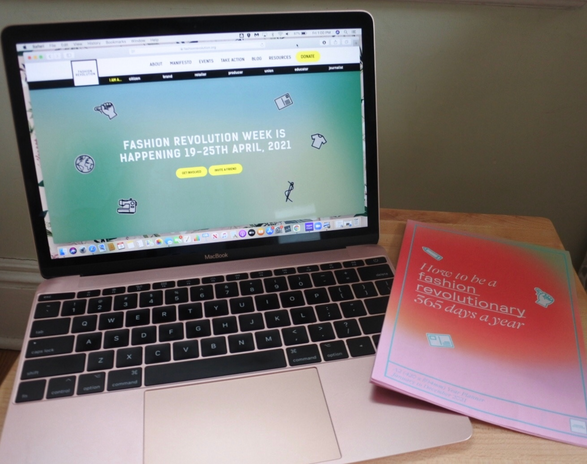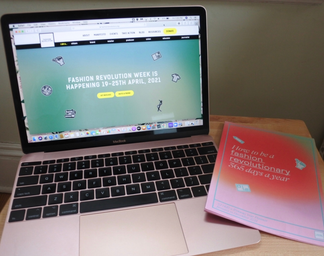Going to college in the Information Age is…interesting, to say the least. Email, social media, and online classes are the norm, and we encounter a world’s worth of information every day. It seems overwhelming, doesn’t it? Well, I have some tips to manage anxiety and other mental-health facets through your own technology.
The influx of information through technology adds a cognitive load, stress experienced when we don’t have enough capacity in our brain to wrap our head around everything (Kassin, Fein, & Markus, 2017). This often makes people feel overwhelmed. So, my strategies tackle this load:
1. Try unplugging once a day.
Setting timers on technology isn’t realistic with the shift to online within the past year. At least, not if we want to keep up. But that doesn’t stop anyone from setting aside some time to unplug and take a breather. I like to unplug in the evenings with:
A. Turning on Do Not Disturb mode
B. Enjoying non-electronic hobbies like art or exercise
C. Making plans with friends.
Even if you have your head in the books, you could swap notes from the keyboard to the books for, say, an hour.
2. Set office hours, even outside the office.
We all gotta sleep sometime. So, it’s a good idea to communicate when you won’t be reached with more than your coworkers – Family, friends, classmates. This creates a boundary that allows you to unplug. It also demonstrates and encourages good communication among your social circles. This encourages a technique called deferred imitation, watching an action and performing it later (Levine & Munsch, 2022).
Take note of how often you’re looking at a screen. Are there any ways you could cut out? Here are some options to consider:
3. Screen your screens. Seriously.
A. Swap out YouTube videos for podcasts or music if you just need some noise.
B. Swap typed notes for handwritten notes.
C. When you do need screens, you could also opt for a bigger screen size for less eye strain. For example, you can switch your phone for a laptop or a TV.
Making it easier on your senses gives you less information to process and less cognitive load.
So, take a load off – a cognitive load. Your brain will thank you.
References
Kassin, S., Fein, S., & Markus, H. R. (2017). Social psychology (10th ed.). Cengage Learning, Inc. 17.
Levine, L. E., & Munsch, J. (2022). Child development: An active learning approach (4th ed.). SAGE Publications. 231.


